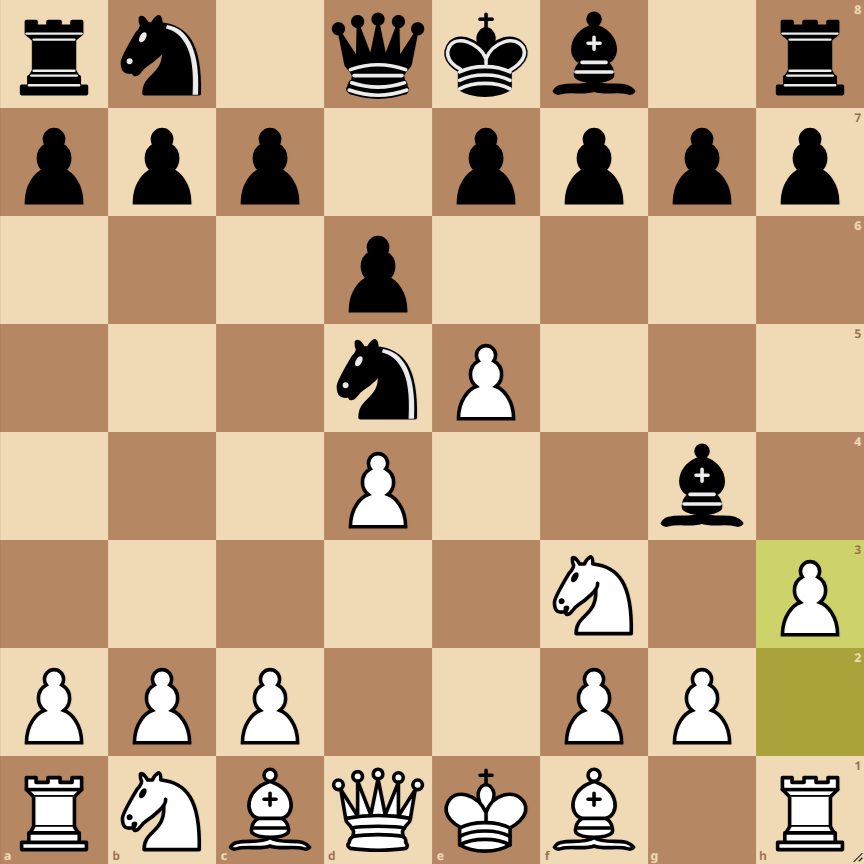How to Play the Alekhine Defense Modern Variation Panov Variation
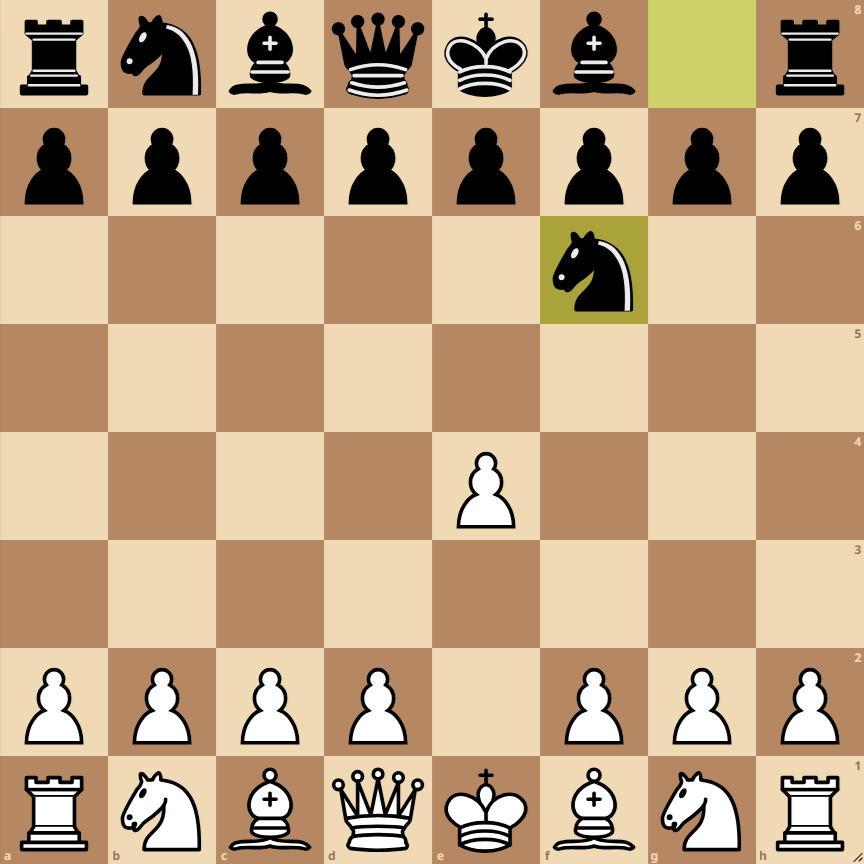
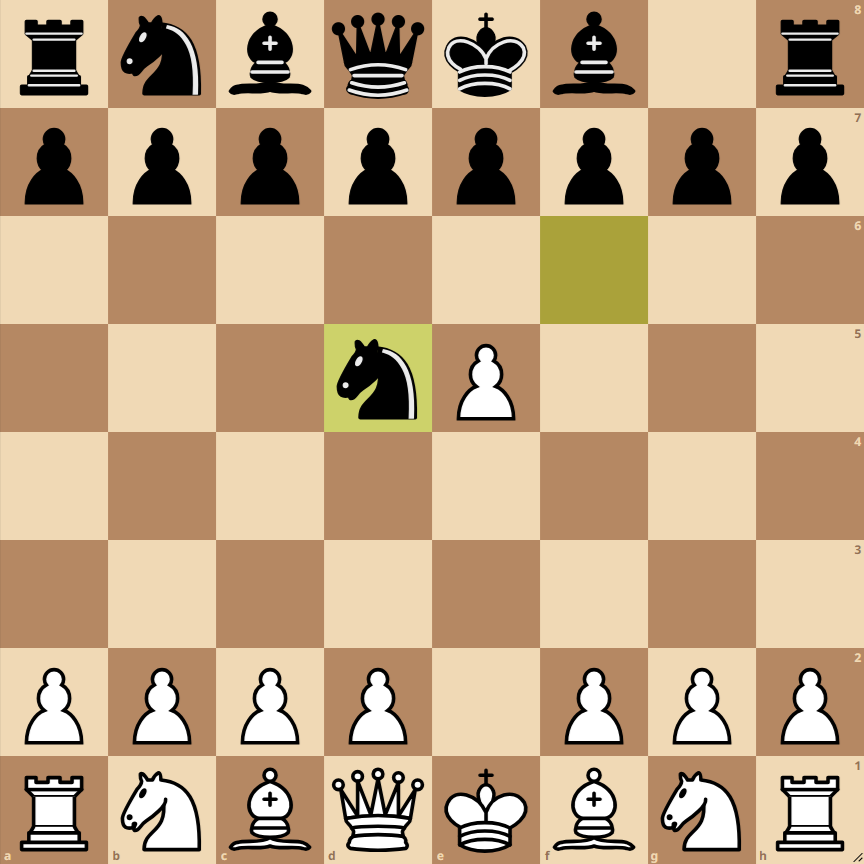
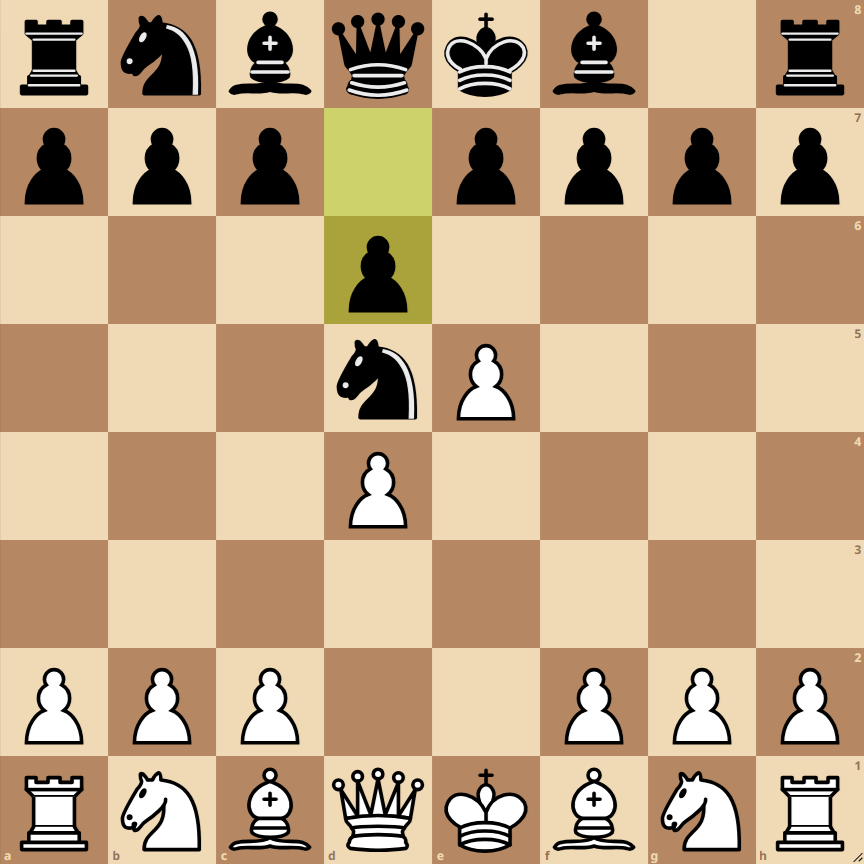
- 1. e4: This initial move by White controls the center and prepares for the development of the bishop and queen.
- Nf6: Black responds by challenging the e4 pawn and preparing for a quick piece development.
- e5: White advances their central pawn, aiming to displace the black knight and gain space in the center.
- Nd5: The black knight retreats to a safe square, maintaining pressure on the center.
- d4: White strengthens the center and opens lines for the development of the light-squared bishop.
- d6: Black looks to undermine White’s pawn center and free up space for their pieces.
- Nf3: White develops the knight to a central position, supporting the d4 pawn.
- Ag4: The black bishop positions itself aggressively, pressuring the knight on f3 and preparing for possible exchanges.
- h3: White aims to weaken the pressure from the bishop on f3 and prepare a kingside expansion.
Variations of the Alekhine Defense Modern Variation Panov Variation
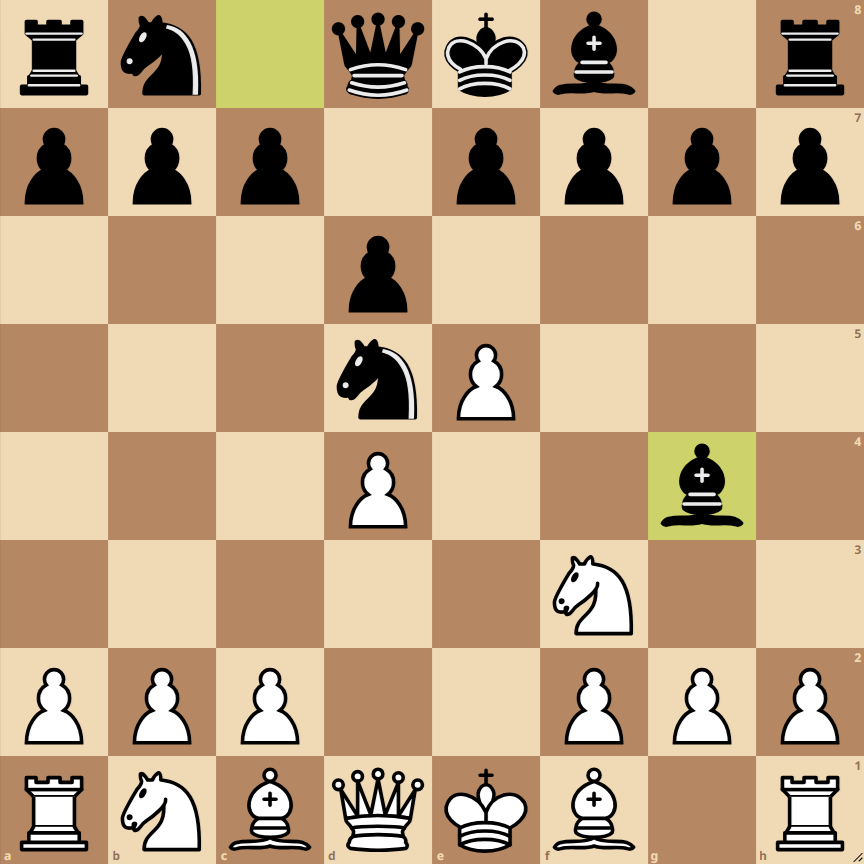
Variation 4…g6
Black fianchettos the bishop, seeking greater control over central squares and long diagonals.
Variation 4…Bg4
This variation involves a more aggressive play by Black, aiming to create immediate pressure on the White king’s side.
Variation 5…dxe5
Black opts for an exchange in the center, looking to simplify the position and relieve pressure from the White pawn advance on e5.
Alekhine Opening – Modern Variation – Panov Variation
The Alekhine Opening, characterized by the initial moves 1.e4 Nf6, leads to dynamic and complex positions. In the variation we are analyzing, after 1.e4 Nf6 2.e5 Nd5 3.d4 d6 4.Nf3 Bg4 5.h3, the game has developed into the line of the Modern Variation, specifically the Panov Variation.
Strategies and Tactics
For White:
- Central Control and Space: White aims for early domination of the center with pawns on e4 and d4. The advance of e5 challenges the knight on f6, seeking to gain space and limit Black’s options.
- Development and Preparation for the Middlegame: With Nf3 and h3, White prepares for a kingside castling. The move h3 also challenges the Black bishop on g4, inquiring about its intentions.
- Potential for Kingside Attacks: With an early castling, White may consider opportunities to advance the g pawn and open lines on the kingside.
For Black:
- Counterattack and Restructuring: The Alekhine Defense is essentially a counterattacking opening. Black aims to destabilize the White center and regroup for a counterattack.
- Options for the Bishop on g4: The bishop on g4 can retreat to h5, maintaining pressure on the knight on f3, or it can opt for an exchange on f3, disrupting the White pawn structure and potentially weakening White’s kingside.
- Flexible and Adaptable Play: The Black position, while somewhat restrained, offers flexibility. Black should be ready to seize any White overextension, especially in the center and on the kingside.
Next Best Moves
h5: This move withdraws the bishop to a safe square while keeping pressure on the knight on f3. It sets the stage for future maneuvers and potential kingside attacks.
Bxf3: With this exchange, Black aims to disrupt White’s pawn structure and create weaknesses in the White king’s position. It’s a strategic decision to change the nature of the position.
Bf5: This move seeks to relocate the bishop to a more active and secure square, maintaining pressure on the center and preparing the development of other pieces.
Each of these options has deep tactical and strategic implications, and the choice should align with the player’s overall plan and playing style. In the Alekhine Defense, it’s crucial for Black to maintain flexibility and be ready to capitalize on any White weaknesses or overextensions.
I have formatted the content with HTML tags, including
and
headers where appropriate, bold text with the tag, and enumeration with
and
-
- and

